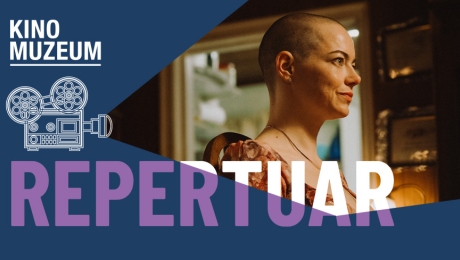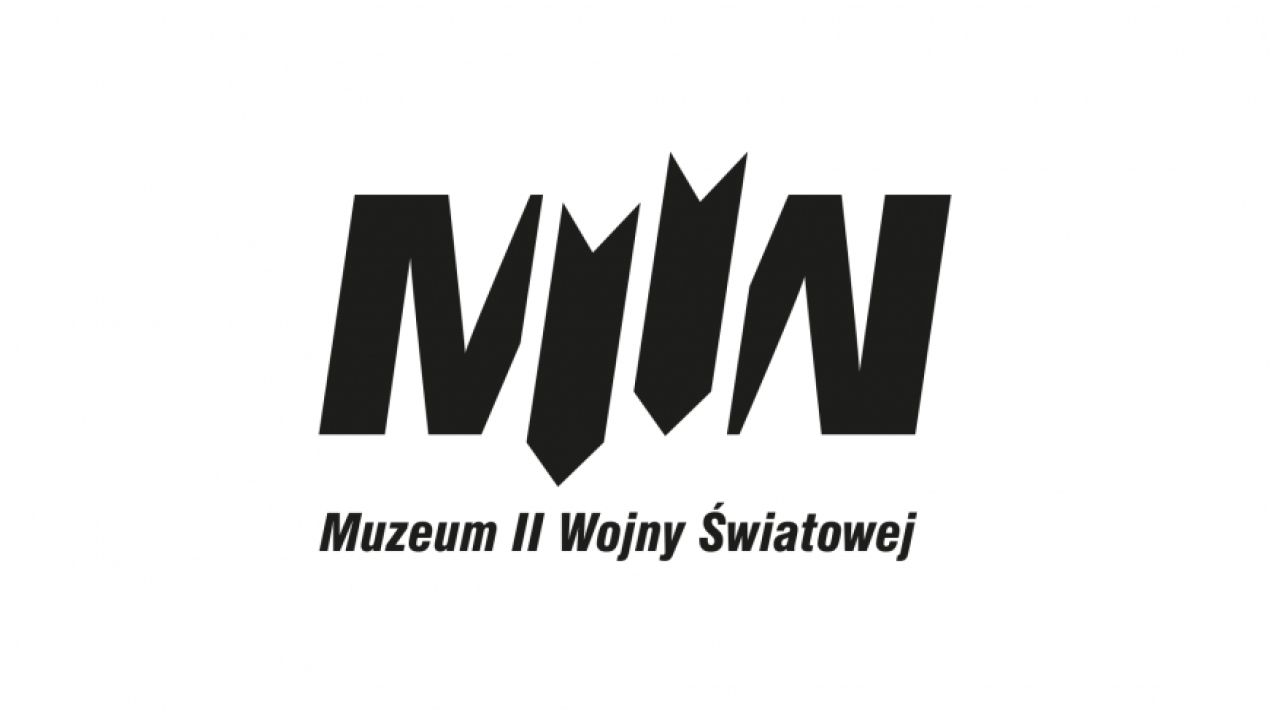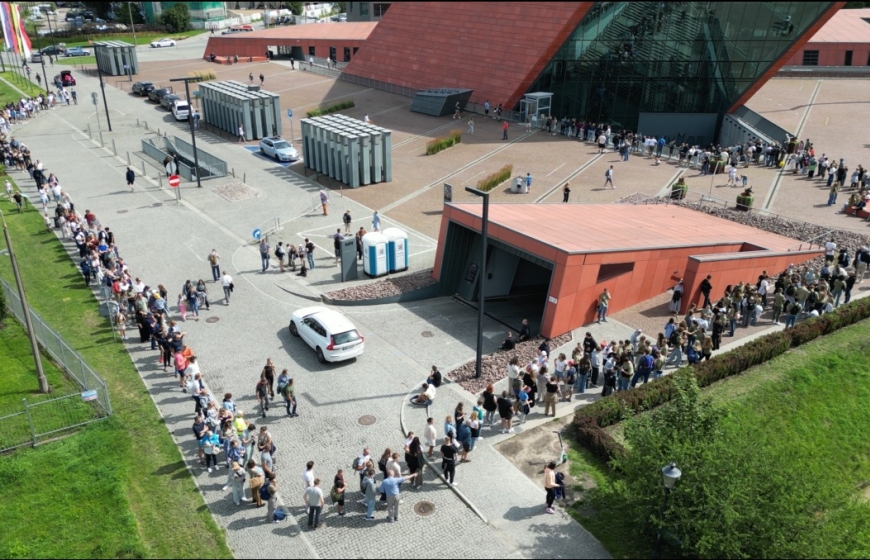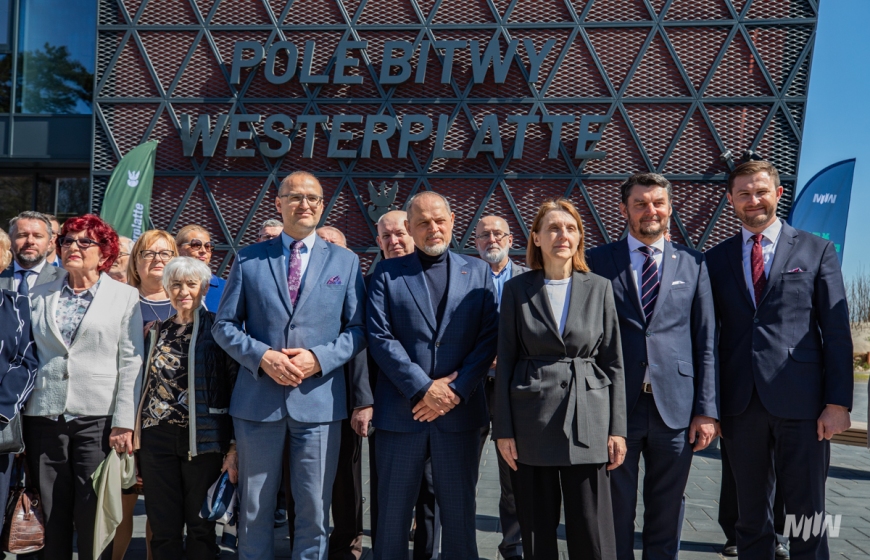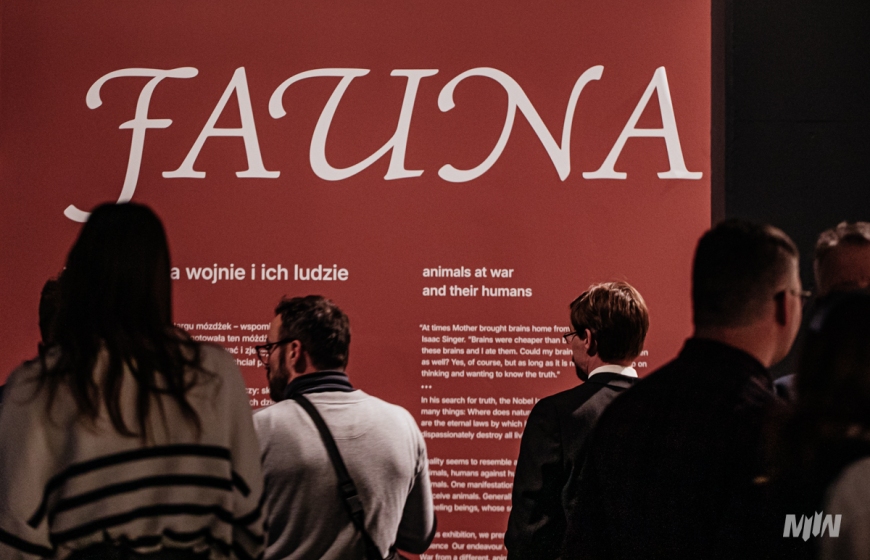Information on a meeting between the Director of the Museum and Minister of Culture and National Heritage
Information on a meeting between the Director of the Museum of the Second World War, Professor Paweł Machcewicz, and the Deputy Prime Minister and Minister of Culture and National Heritage, Professor Piotr Gliński
The meeting to discuss the future of the Museum of the Second World War was held on 18 April 2016 in Warsaw at the invitation of the Deputy Prime Minister and Minister of Culture and National Heritage. Minister Piotr Gliński expressly stated that he had not yet made any decisions regarding the future of the Museum of the Second World War. The Minister is considering a merger of our museum with the Museum of Westerplatte, but the matter remains open. The Law on the organisation and carrying out of cultural activity specifies that plans to transform cultural institutions are to be announced three months in advance (in the case of the Museum of the Second World War such an announcement was made on 15 April 2016). The minister stressed that he wished to use this time to analyse the shape of the exhibition in the Museum of the Second World War and organise a debate of historians on this topic. Only after such a discussion would he decide on the future of the Museum of the Second World War and the Museum of Westerplatte. Professor Gliński also stressed that the analyses could take much longer than the three months required by the Law and that their final result remained uncertain.
Minister Gliński expressed his hope that the Museum of the Second World War would present the Polish historic experience and the Polish perspective on the war. At the same time he mentioned the criticism of the concept of the Museum both voiced in the past and expressed in four reviews of our Museum’s exhibition prepared upon request of the Ministry of Culture and National Heritage. The Professor declared that he would make those reviews known to the Museum of the Second World War, deeming that the public opinion has a right to read them.
In response I explained that since the very beginning it had been the main objective of the Museum of the Second World War to inscribe the Polish historical experience in the wider European and international context. I stressed that this was the best way to acquaint make international public opinion with the specificity of Polish history. I presented the exhibition’s main principles, informing, for instance, that the narration about Westerplatte, Pomerania, and the war of 1939 constituted its very important part. We shall present the German activity in 1939 as the beginning of the war of extermination and the systematic genocide of Polish elites (for instance, the execution of a few dozen thousand representatives of Polish intelligentsia as early as in 1939, bombings of defenceless towns, attacks on columns of refugees, murders of Jews and POWs). I also stressed that limiting the exhibition only to the events of 1939 would not show the entire Polish experience of the war as it would leave the following important topics out of the narration: the AB-Aktion, the Katyn Massacre, the Holocaust, the Polish Underground State, etc. I also explained that the accusation that our exhibition does not present the massacre of Poles in Volhynia was groundless for exactly the opposite was true: the Museum of the Second World War is to be the first museum in Poland and in the world with an entire section devoted to the Ukrainian massacres of Poles in Volhynia and Galicia. Visitors shall see, for instance, objects that belonged to murdered inhabitants of the village of Ostrówka retrieved during exhumations.
In reply Minister Gliński said that if that was the actual shape of the Museum’s exhibition then it would serve as a good basis for further discussions. I stressed that the Museum of the Second World War staff had always treated their job as public service and that the Museum was a national good that serves the country and not any particular milieu, political party, or government.
Minister Gliński stated that the construction should be continued as fast and effectively as possible and that no money spent so far could be wasted.
Minister Gliński also mentioned the issue of the high cost of the construction of the Museum of the Second World War (approx. 448 million zlotys; approx. 45 million zlotys this year). I explained that this was the actual cost of creating a grand historical museum with a modern exhibition on an international level. I also remarked that according to publicised information the planned Museum of the History of Poland was to cost about 490 million zlotys. I also expressed my conviction that Poland really needed both those historical museums: the Museum of the History of Poland and the Museum of the Second World War. The latter, whose opening to visitors should be deemed realistic in early 2017, can become a very strong and widely heard Polish voice in all of the most important international discussions and controversies regarding the Second World War, its consequences, and even, in a wider perspective, the entire history of the 20th century, to which the war was a central event.
Professor Paweł Machcewicz
Director of the Museum of the Second World War









